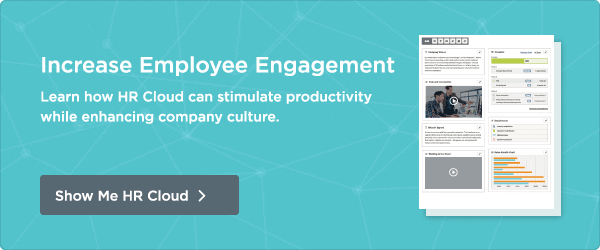When a company-wide call goes out for the best people to be available for a key project, HR departments can find themselves scrambling. HR teams start asking questions: “Who should we send? How many of these employees are damaged?” Teams can’t risk sending poor performers so what's a manager to do?
First, refrain from referring to the poor performers as “damaged.” As a manager, you may have strong feelings about those employees that seem to be a drag on the team. Ok, fine. But if you’re feeling the negativity, so is the rest of your team. Your reaction, your tone, your facial expressions can cause issues that you may not be aware of.
Second, instead of being reactive, be proactive. Poor performers usually need more direction and more interaction with their team. Are you building up your team or just walking around like Greg House, MD? Find out what makes these employees tick. What drives them? What are they lacking? Have a conversation.
Third, reexamine your performance review process. How often do you review your employees? A best practice is to converse regularly with your team and provide consistent feedback, while measuring against attainable goals.
And finally, I do realize that yes, there are employees who just need to go. If there’s no chance of improvement and you’ve had several documented conversations, then it’s time to take action and move towards separation (of course, follow your HR policy).
HR teams are designed to lead. But referring to employees as damaged is not the best display of leadership. Leading by good example is the best place to start, followed by conversation, and building rapport.
Keep Reading
Retention Reset: How to Keep Your Best Talent in 2025
More employees are walking away from their jobs in 2025 not just for better pay, but for
Remote Onboarding Done Right: A Step-by-Step Guide for HR Teams
Remote onboarding is the process of welcoming new employees who work from home or

